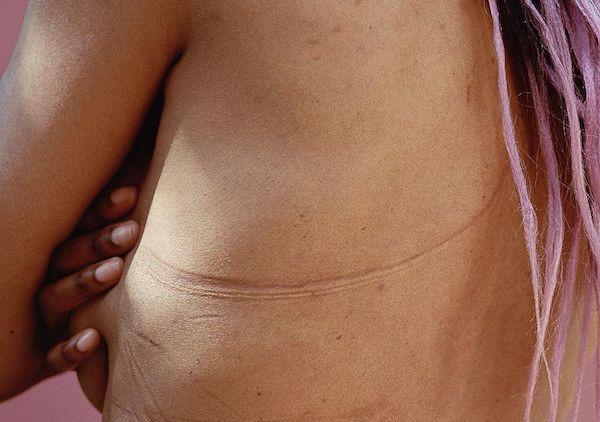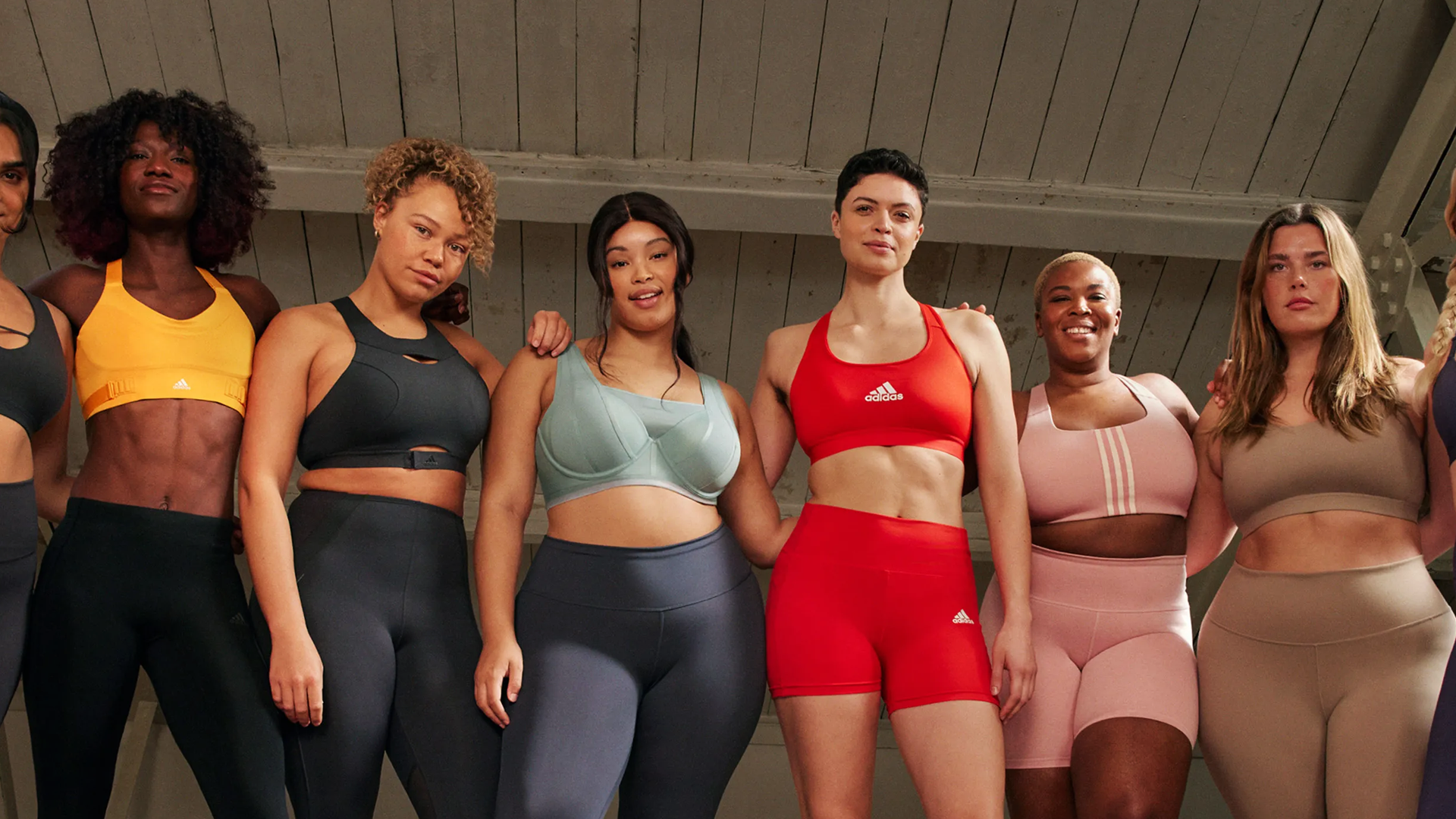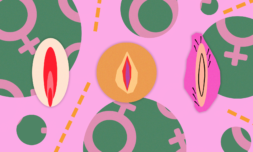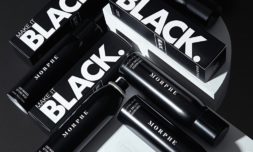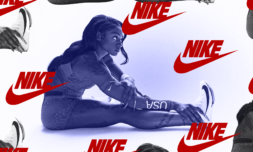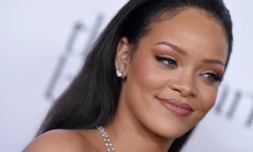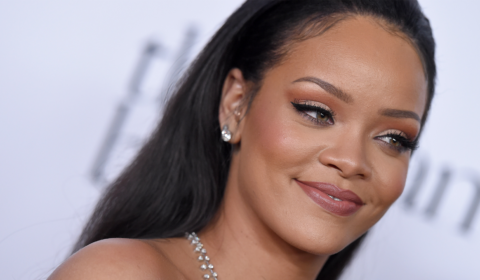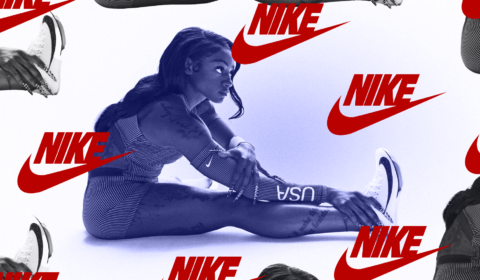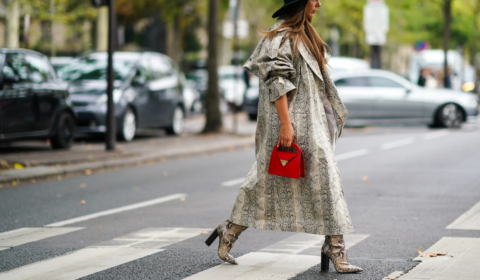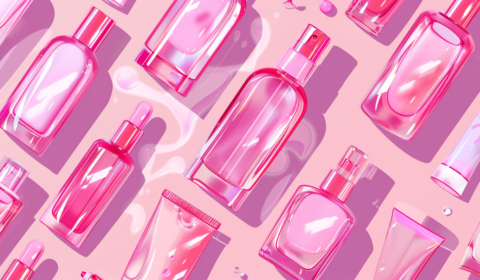Whether you can appreciate the message of the campaign or not, there is a level of shock factor that comes with scrolling Twitter only to stumble upon a wall of women’s chests. It’s likely adidas’ social media team was posted at their keyboards, waiting for the inevitable.
One top reply to the campaign said ‘maybe show the bras actually supporting the tits? This isn’t page 3, hun’ to which adidas replied, ‘we want to celebrate bodies in all their glory and proudly showcase how different we all are!’
At risk of pointing out the obvious, none of the photos resemble anything close to images that previously appeared in page 3 sections of newspapers. The poses, lighting, and angles of the shots are basic and unprovocative – similar to reference photos shown on the plastic surgery television program Botched, for example.
Still, a man replied, ‘I get that, but this is borderline soft porn smh… pics IN the bras maybe?’ to which adidas replied: ‘breasts are a natural part of the human anatomy. it’s time to remove the stigma to allow future generations to flourish.’
adidas’ replies follow a similar tone as the #FreeTheNipple movement that started in 2014, which aims to de-sexualise a part of the body that both men and woman have but is only deemed sexual or offensive when attached to a woman.
It’s also worth noting that if the campaign had been posted to Instagram or Facebook, it would’ve been immediately removed according to the platforms’ guidelines which restrict images of female breasts that include a visible nipple.
Some have called the move by adidas ‘objectifying’ while another commented ‘would you do this with men’s genitals? is this ad directed towards men? women already know what shapes, sizes, colours breasts come in.’ to which other users replied, ‘you can’t compare a person’s chest to their genitals, though. There’s nothing sexual in the ad at all.’
Dozens of others replied, backing the same sentiment. By the way, breasts aren’t genitals and Google is free, if anyone has doubts!
With body image issues on the rise globally due to women bombarded by perfectly photoshopped models constantly, its likely many women don’t see themselves reflected in marketing campaigns.
Several women voiced how the post made them feel better about their bodies, realising that other women out there have breasts that look the same as theirs. Which, along with marketing a line of 43 bras suited to every woman’s needs, was entirely the point.
It is interesting when women’s chests are displayed in a non-sexual way, it becomes a difficult thing for society to deal with. I mean, soft porn? Come on. This reaction draws parallels to the controversy around women breast-feeding in public, a totally non-sexual act which – to the surprise of many – is still ongoing.
Perhaps for those offended, it would be worth knowing that all women in the campaign were fully consenting volunteers who felt it was important for people to see what real bodies look like.
On top of this, the new collection of 43 sports bras was shaped by an all-female team who worked in combination with experts in breast health from the University of Portsmouth to ‘drive innovation and better meet the needs of [the] female athletic community.’
If a 5×5 photo of topless women is triggering you – sexually or emotionally – it’s probably worth asking a few questions. If these were models, would you care? Why are women’s nipples so offensive in the first place? Why do we, as a society, sexualise women’s bodies even in situations where they aren’t meant to be?
I unfortunately don’t have the answers. After writing about vulva diversity yesterday, it’s dawned on me that despite the immense progress we’ve made to make women’s lives better over the last century – there’s still a lot of work to be done.
With marketing tactics, the shock factor, and genuine values considered, it’s likely that many women around the world will be applauding adidas for taking the move to destigmatise our bodies.
Or at the very least, try to.
